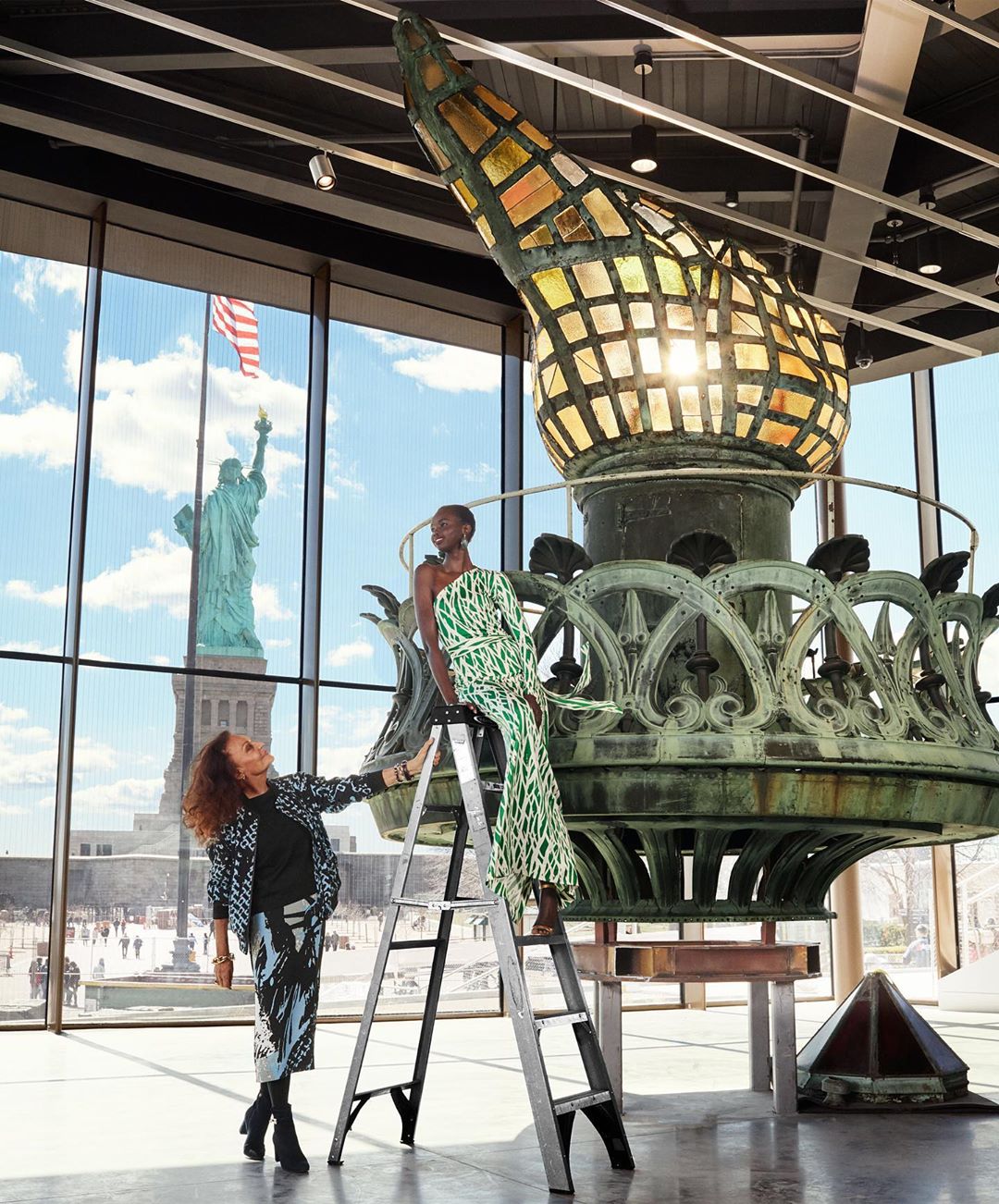Diane von Fürstenberg brings Augmented Reality to New York’s iconic monument – with a little help from Apple and her friends
“The Statue of Liberty belongs to everybody; it was always about crowd funding – that’s how they built it,” Diane von Fürstenberg said, as she explained how she led support for a $100 million refurbishment of the eternal symbol of Manhattan.”
But when Lady Liberty’s new museum launches this week, visitors will discover that the symbolic statue is now more than a monolithic creation rising out of the water. She has entered the digital age, so that visitors can now see the figure in intricate detail, from the burning torch she waves on high, down to her hefty copper feet.
The National Museum of Immigration on neighbouring Ellis Island is equally immersed in 21st-century visions of this historic place, taking visitors on a tour from the statue’s origin in France at the hands of sculptor Frédéric Auguste Bartholdi, through the hand-forged internal frame created by civil engineer Gustave Eiffel (famous for the Eiffel Tower), to its arrival in Manhattan at the merging of sea and land.
“The thing with Liberty that is so amazing is that she belongs to everybody,” von Fürstenberg said. “The people of France raised the money, because French intellectuals at the time looked on America as Utopia.”
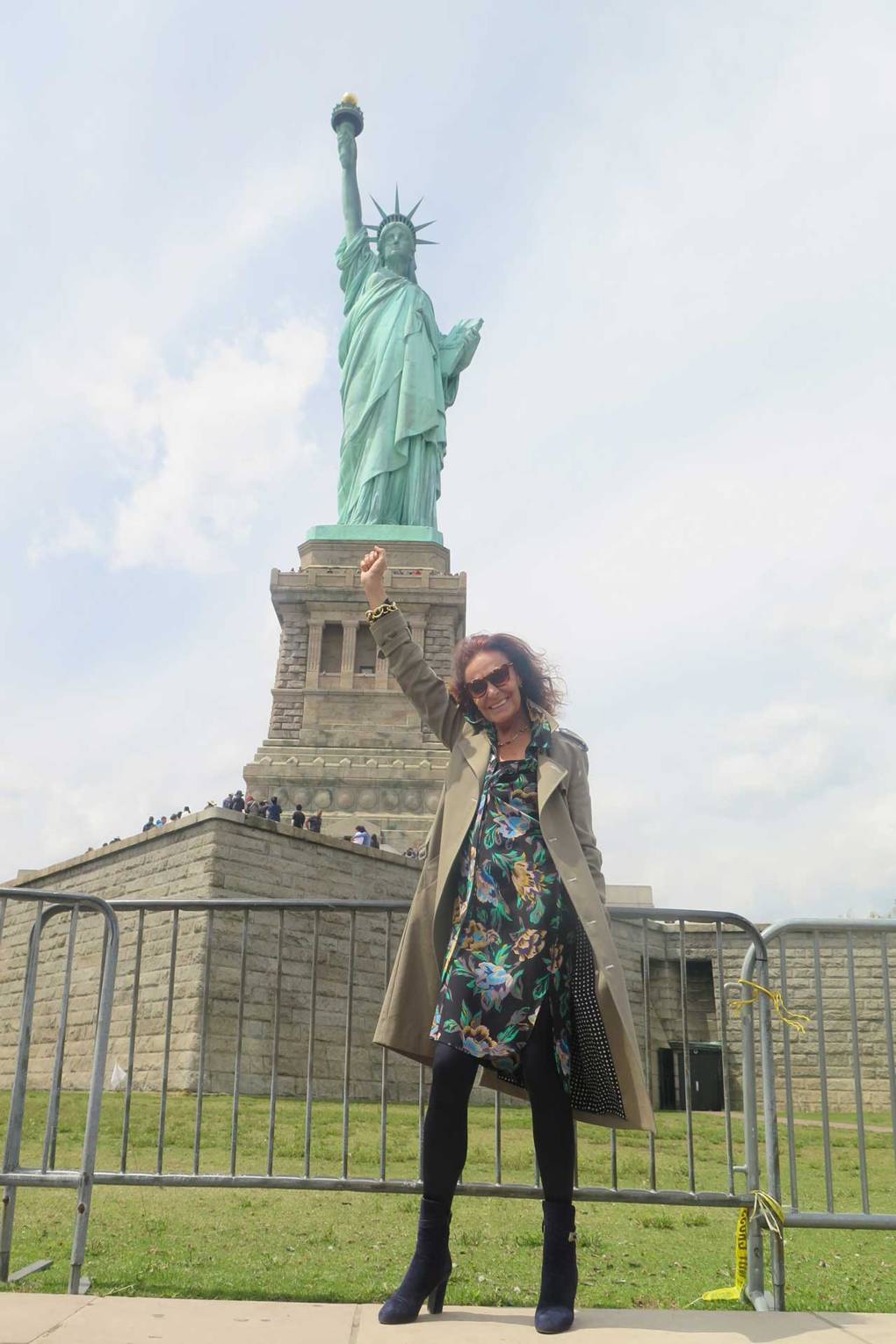
DvF has always stood for more than fashion, even though her dresses were a worldwide success. She also took on the role of chairperson of the Council of Fashion Designers of America; she championed The Highline walkway beside the Hudson River; and sits on the board of the Shed, the cultural hub at the heart of newly developed Hudson Yards.
Referring to the Statue of Liberty, she cited the many creatives involved in the initial development of this mighty gift to America and added that a documentary about the statue, Mother of Exile, will be released later in the year.
DvF’s fund-raising over three years, with the help of her movie-mogul husband, Barry Diller, included persuading their high-level friends to donate – offering them as a reward a commemorative star crafted from Eiffel’s original hand-forged iron bars.
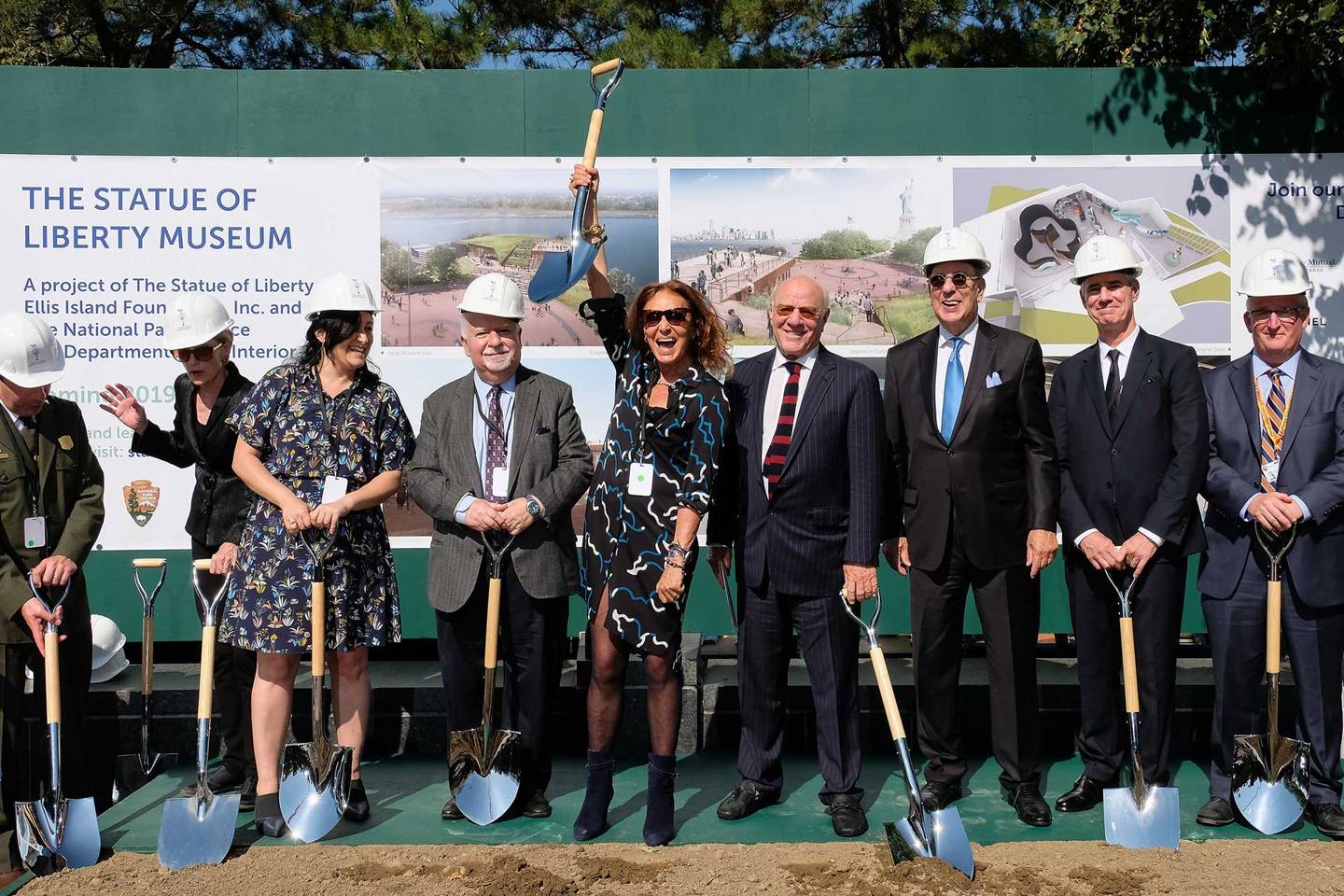
The result is the 26,000-square-feet Statue of Liberty Museum on Liberty Island. Interactive and inspirational, it offers visitors an immersive experience that includes details of the statues creation and its step-by-step production process, from French copper sheets through its travels across the ocean.
In a period when the word “immigration” raises hostility and negativity across the world, the beautification of Liberty and Ellis Islands stands as The Monumental Dream. That is the name given to The Statue of Liberty book by Robert Belot, published by Rizzoli, with a preface by von Fürstenberg – the daughter of a Holocaust survivor – who immigrated from Belgium to America.
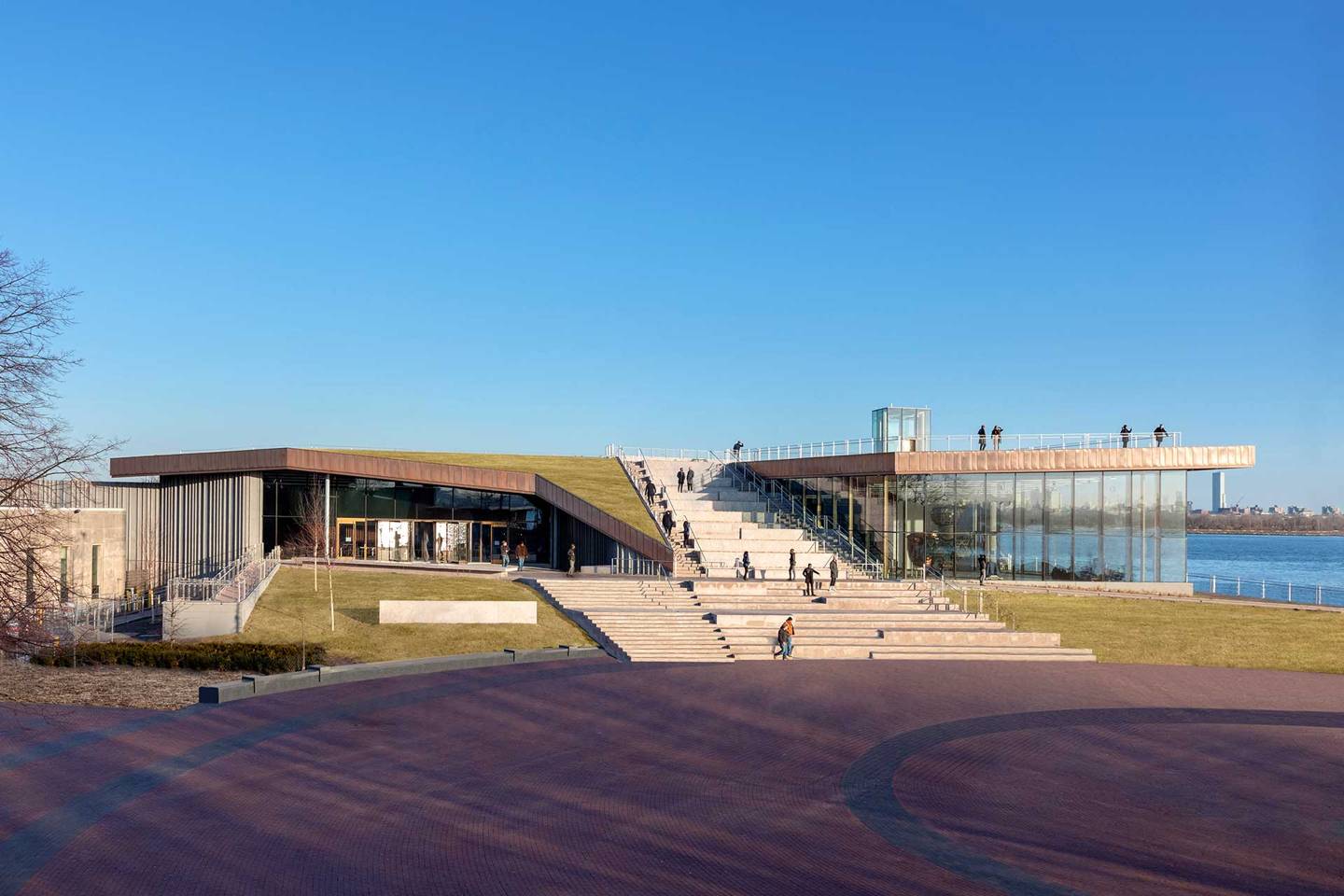
“The first thing I saw was the Statue of Liberty as I sailed into Manhattan in October 1969 at six in the morning,” the fashion designer explained. “There she was, welcoming me to a new horizon and a new beginning.”
Visitors to the site who include the museum, will understand Lady Liberty’s construction and development in infinite detail with the help of AR – augmented reality. That technological development is twofold: bringing the statue into intimate close-up and offering details of the French founders, their construction of the statue, and how the surrounding area in Manhattan and Brooklyn has developed over the years.
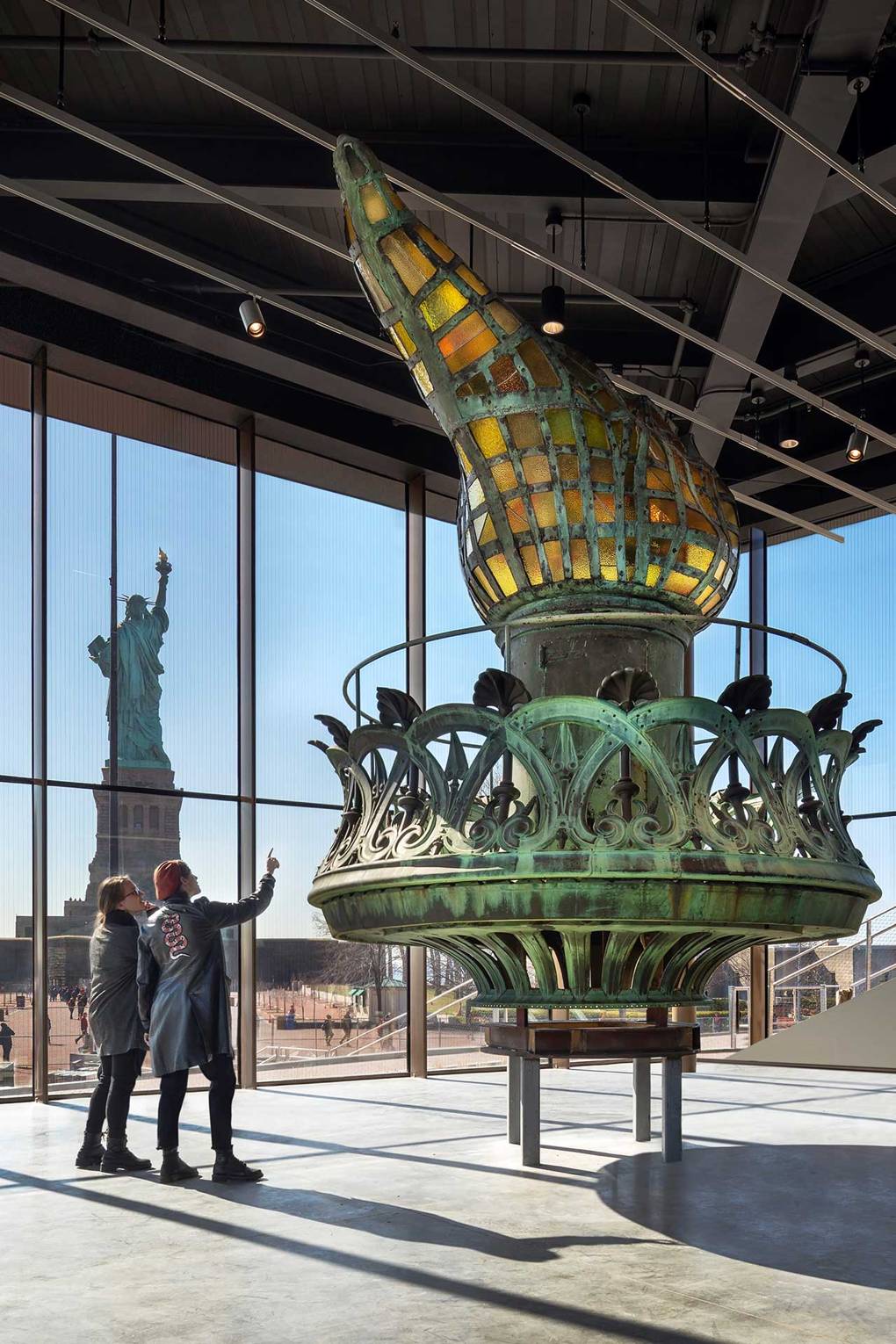
Behind the AR is Apple, one of the star donors to the DvF project. Responding to her vision to create an experience, the Statue of Liberty Foundation worked with Yap Studios, a small digital development agency, to create the immersive app, which required over a year of scanning and photography. A close-up of Lady Liberty’s mighty worn feet sends shivers down the spine, and the focus on the statue, taken from unexpected angles, is designed to enhance the experience.
Without revealing any future plans, Apple did not deny the fact that this AR approach is just the beginning of a cultural earthquake. Expect a tourism revolution as ancient history is transformed into living reality: sunrise over the Pyramids, perhaps; or the gardens of Buckingham Palace viewed from above. Podcasts might replace postcards as a take-home purchase.
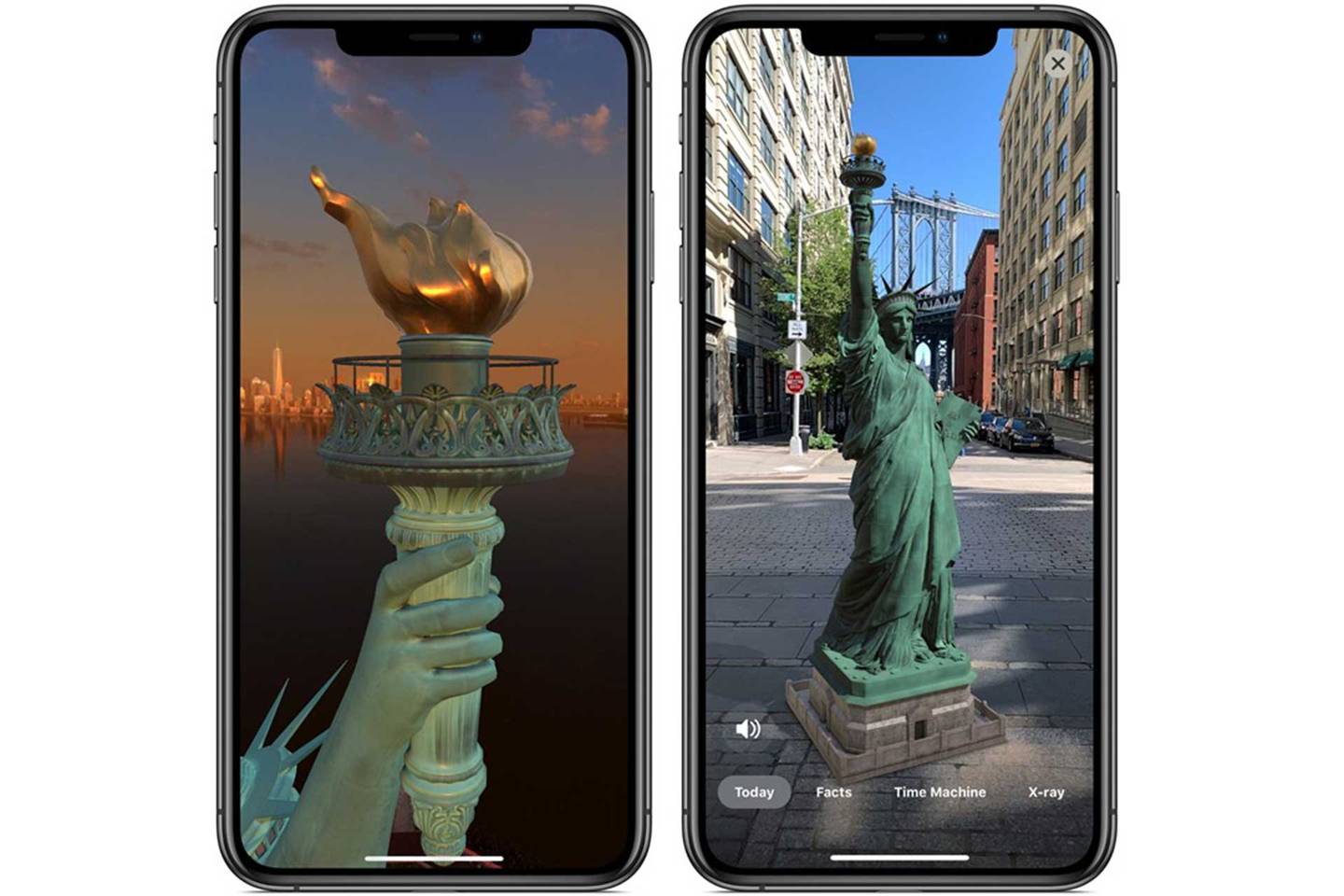
“I met Tim Cook from Apple, and discovered first of all that he had never been to Liberty Island, so I arranged for him to go,” DvF revealed. “Not even knowing what I was talking about, I said, ‘Wouldn’t it be wonderful to give people an Apple experience when they go on the Island?’ I met the people who do apps and we started, not knowing where it would all end up. The foundation created this app that will reach hundreds of millions of people. It will be the biggest opening of a museum ever!”
Although Apple is modest about its participation, there is no doubt that its “Raising the Torch” podcast will ultimately affect not just the physical experience of viewing public places, but also enhance their emotional effect. The app and podcasts are designed to inspire people to visit, but also to satisfy the interest of people who cannot go.
“Augmented reality really lets you place literal objects and experience into the real world around you,” DvF said. “It allows you to learn about the statue and the experience. You can place the Statue of Liberty in a class room or a living room; it’s available in the Apple store in 155 countries, and with one billion devices in peoples’ hands, our museum experience goes from New York to the globe!”
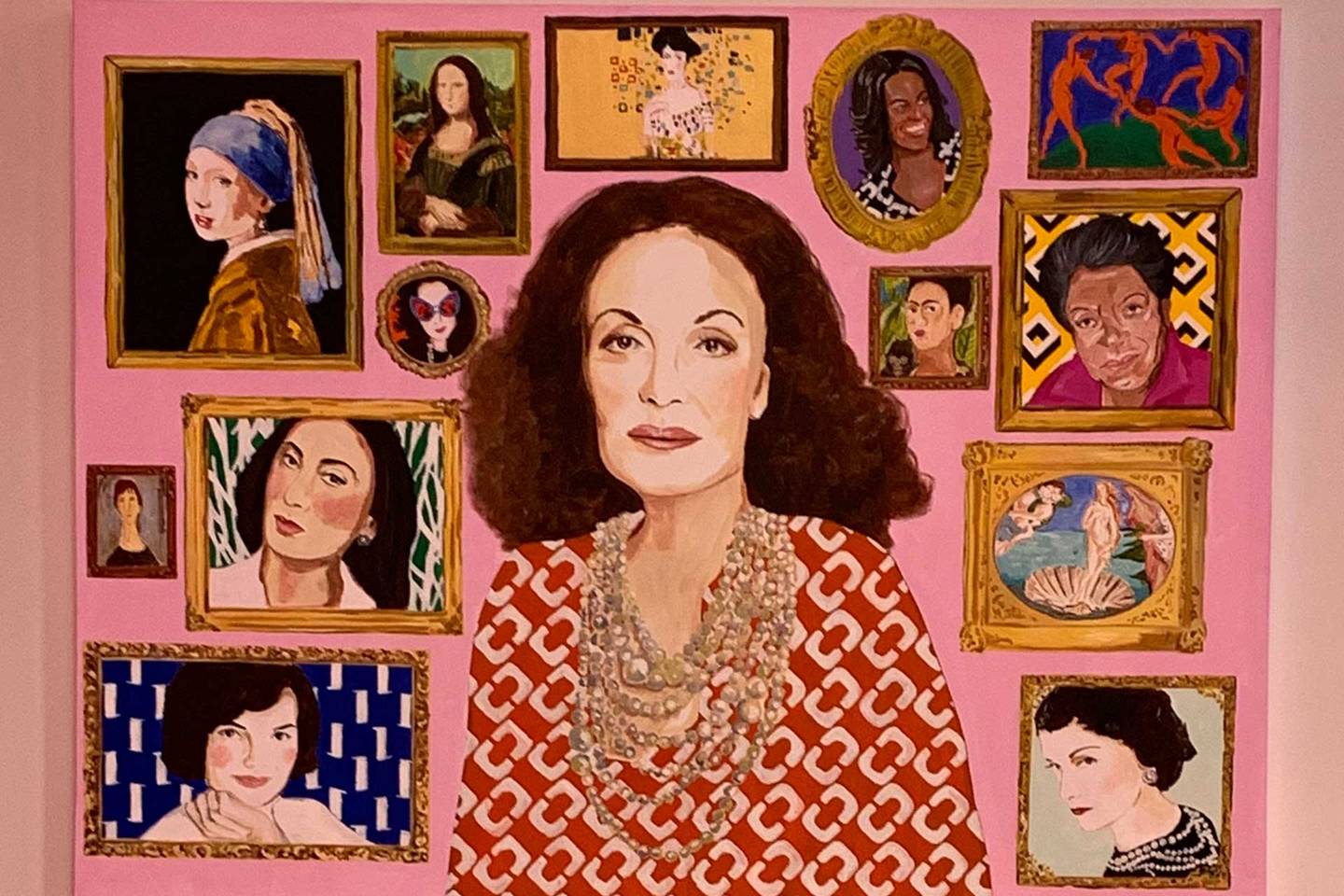
Repeating her words as a slogan, DvF insisted, “The thing with Liberty that is so amazing is that she belongs to everybody.” Her commitment to the project was proved at this year’s Met Ball, where she appeared as the Statue of Liberty incarnate, with the Lady’s spiky headpiece and her own figure printed on a flowing gown.
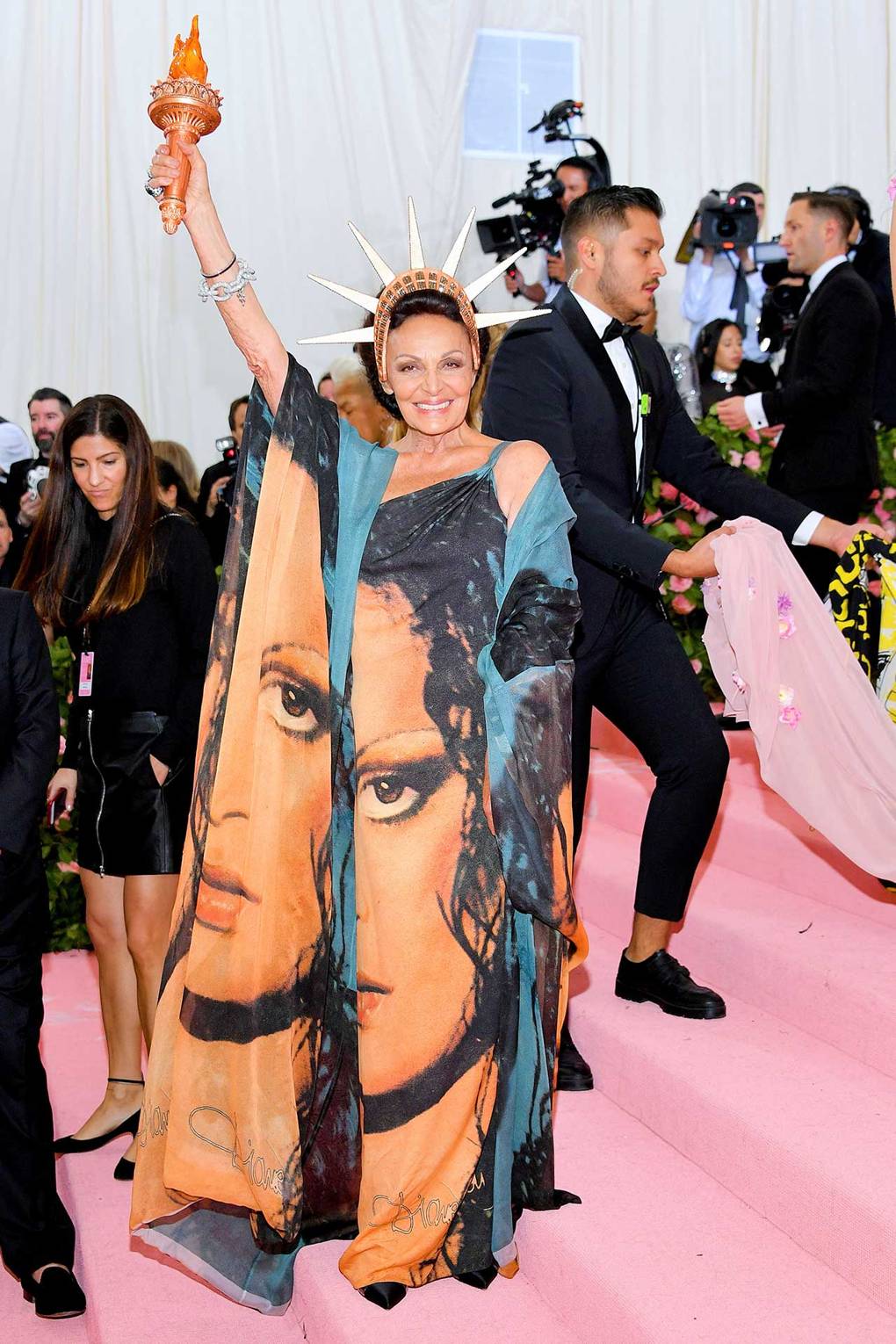
But even if the designer was making a joke about the project – she has even asked the museum team to work out how many bottles of nail varnish would be needed to paint Liberty’s vast toenails – the fun has a deeply serious core.
“It’s a privilege, actually,” von Fürstenberg said. “When my mother came back from the camps, she wrote me a note. It said, ‘God saved me so that I can give you life. By giving you life, you have given me my life back. You are my torch of freedom.’”
“I had to do this,” she continued. “I was sold.”
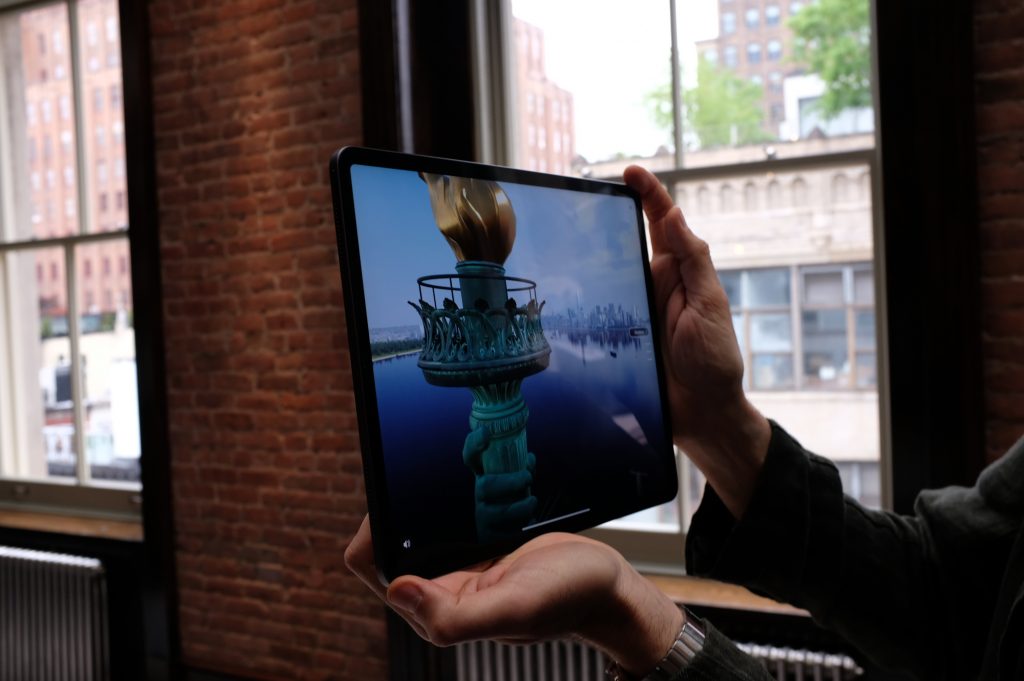
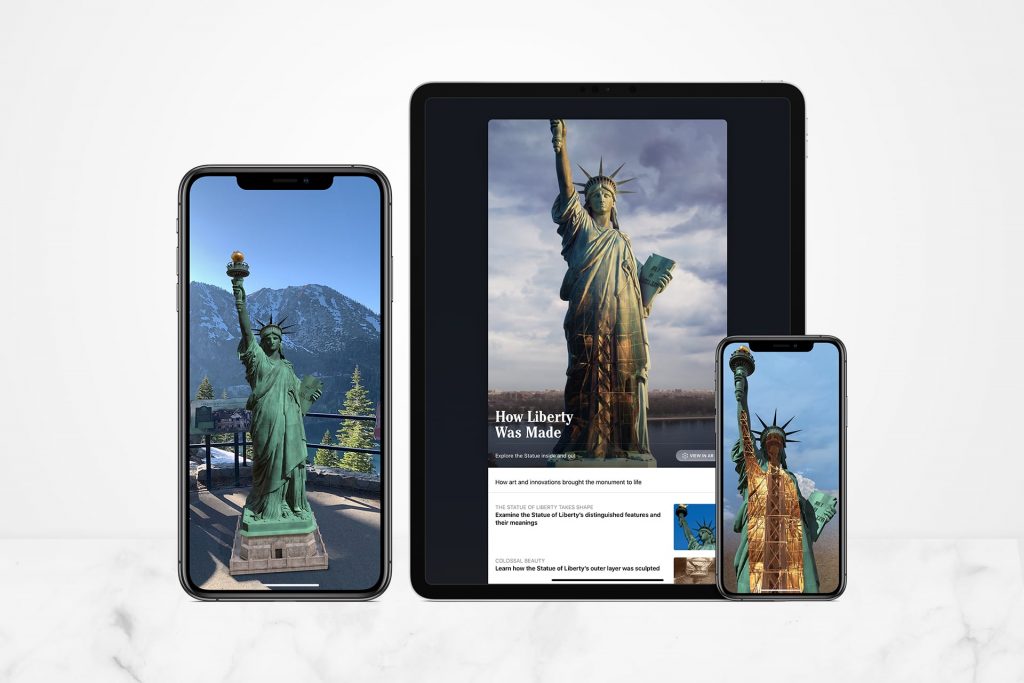
Learn more about the Statue of Liberty Museum at libertyellisfoundation.org
https://www.vogue.co.uk/article/suzy-menkes-diane-von-furstenberg-lady-liberty-enters-the-digital-age

